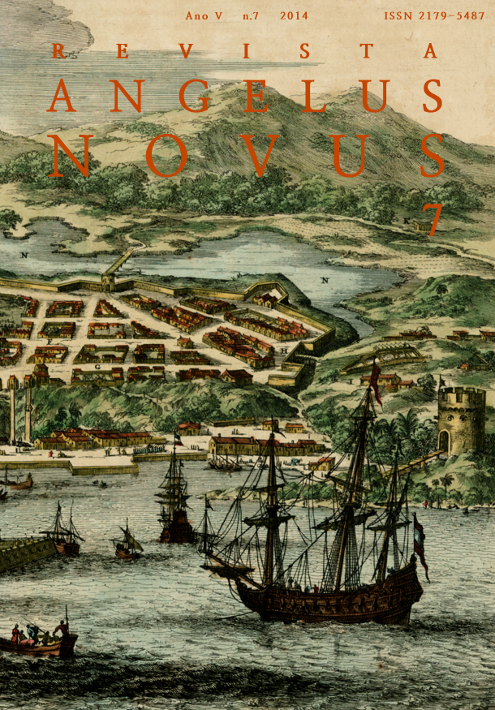The tithe of the Customs of Salvador and the Portuguese Overseas Empire in the first half of the 18th century
DOI:
https://doi.org/10.11606/ran.v0i7.97814Keywords:
taxation, tithe of Customs, ortuguese Overseas EmpireAbstract
The discovery and increasing gold production in Brazil from the late seventeenth century caused a sharp turnaround of the economy not only in the colony but throughout the Portuguese empire. The Crown turned to the South Atlantic since the gold led there the axis of economic gravity of the empire and the interests of the central government. Furthermore, the turn of the seventeenth century to the eighteenth occurred critically, as Portugal could not maintain neutrality in foreign policy, being dragged to the War of Spanish Succession, thus aligning itself with England to the detriment of Bourbons pretensions, which caused the invasion of French corsairs in America. Therefore, toward the cost of bodyguards, the Crown commanded taxation by ten percent of the goods that would enter the Salvador port, i.e., the tithe of Customs. This article aims to study the tithe of Customs in Bahia, its (re) establishing in 1714 and the consequences for the relations between the the central power and local potentates. The sources used are the single documentation of the Overseas Historical Archive relating to the captaincy of Bahia belonging to the Second Series and Book 4 of the Customs Salvador guarded by the National Archives.Downloads
Download data is not yet available.
Downloads
Published
2015-05-05
Issue
Section
Dossiê temático: Perspectivas sobre o Império Português (séculos XVI-XVIII)
License
1. Proposta de Política para Periódicos de Acesso Livre
Autores que publicam nesta revista concordam com os seguintes termos:
- Autores mantém os direitos autorais e concedem à revista o direito de primeira publicação, com o trabalho simultaneamente licenciado sob a Creative Commons Attribution License que permitindo o compartilhamento do trabalho com reconhecimento da autoria do trabalho e publicação inicial nesta revista.
- Autores têm autorização para assumir contratos adicionais separadamente, para distribuição não-exclusiva da versão do trabalho publicada nesta revista (ex.: publicar em repositório institucional ou como capítulo de livro), com reconhecimento de autoria e publicação inicial nesta revista.
- Autores têm permissão e são estimulados a publicar e distribuir seu trabalho online (ex.: em repositórios institucionais ou na sua página pessoal) a qualquer ponto antes ou durante o processo editorial, já que isso pode gerar alterações produtivas, bem como aumentar o impacto e a citação do trabalho publicado (Veja O Efeito do Acesso Livre).
How to Cite
The tithe of the Customs of Salvador and the Portuguese Overseas Empire in the first half of the 18th century. (2015). Revista Angelus Novus, 7, 31-48. https://doi.org/10.11606/ran.v0i7.97814






